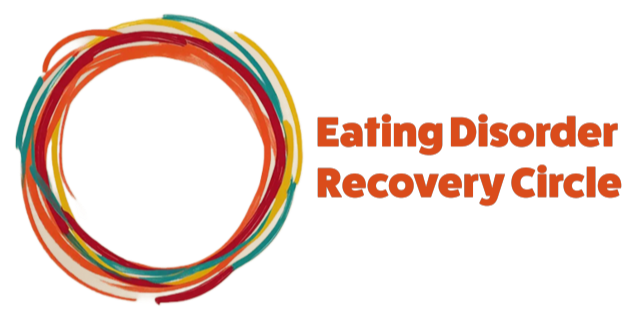How to Cope with Body Checking Urges
Mar 08, 2025
Body Checking: Shift the Habit, Not Just Avoid It
Body checking—whether it's looking in the mirror, pinching your skin, stepping on the scales, adjusting your clothes, or mentally scanning your body—doesn’t give you real reassurance. It only fuels anxiety, dissatisfaction, and the illusion that control will keep you safe.
The truth? Body checking keeps you trapped in a cycle of fear and self-judgement.
The way out isn’t just stopping the habit. It’s replacing it with something better: self-compassion, gratitude, and neutral curiosity about your body—not judgement. This is a practice, something you do again and again, until it becomes your new default.
Step 1: Get Honest About Your Body Checking Patterns
Start by noticing how you body check and when you do it. Is it first thing in the morning? After eating? When you're feeling stressed or anxious?
🔹 Common body checking habits:
✔ Weighing yourself
✔ Pinching or measuring parts of your body
✔ Checking mirrors or reflective surfaces
✔ Taking ‘progress’ photos
✔ Comparing your body to others
✔ Adjusting clothes to see how they fit
✔ Mentally scanning your body throughout the day
💡 Ask yourself: What am I really looking for when I do this?
Awareness is the first step to change.
Step 2: Gently Reduce and Replace
You don’t need to go cold turkey. Just start changing the habit, little by little.
🔹 Throw away the scales. You do not need to measure your worth.
🔹 Cover or move mirrors that you check obsessively.
🔹 Unfollow social media accounts that make you compare yourself.
🔹 Delay the urge—pause for 5 minutes, then 10, then 15.
🔹 Set boundaries—cut the number of times you check each day in half.
Every time you delay or reduce a checking behaviour, you loosen its grip.
Step 3: Turn It Into a Moment of Self-Compassion
This isn’t about avoiding mirrors or pretending your body doesn’t exist. It’s about how you show up for yourself when you do see your body.
Instead of scrutinising, practice:
✔ Saying something neutral in the mirror like, “This is my body right now.”
✔ Thanking your body for what it does: “Thank you, legs, for carrying me.”
✔ Placing your hand on your heart or belly and simply breathing.
✔ Looking at yourself with curiosity, not judgement.
You don’t need to love your body in every moment. But you can learn to meet it with kindness and respect.
Step 4: Reframe the Thought
Most body checking is driven by fear—fear of weight gain, of being judged, of losing control. So when the thought comes up, reframe it:
🚫 “Does my stomach look bigger today?”
✅ “My stomach digests food so I can live. That matters more.”
🚫 “I need to check if my thighs touch.”
✅ “My legs support me. They deserve care.”
You can’t control every thought, but you can choose how you respond.
Step 5: Replace the Urge with Nourishing Action
Each time you feel the urge to body check, try doing something self-supportive instead:
✔ Look in the mirror and say: “I am more than a body.”
✔ Journal what you’re feeling underneath the urge.
✔ Do something grounding—stretch, breathe, walk, drink water.
✔ Connect with your values: What kind of relationship do you want with your body?
The more often you choose compassion, the easier it becomes.
Step 6: Keep Practising
✅ Track your wins—celebrate every time you check less or respond with kindness.
✅ Be patient—this is a practice, not a perfect.
✅ Repeat—over time, the urge will fade, and self-trust will grow.
If You’re Struggling
If letting go of body checking brings up anxiety, loss of control, or fear, go to the Feelings Navigator to explore and safely express those emotions.
And remember: You’re not alone in this. Share your experience in The Circle. Get support. You deserve it.
Final Reminder
Body checking won’t give you peace.
Self-compassion will.
Your body is not a project. It’s your home.
Treat it like someone you love.
🚀 Let go of the scales. Change the narrative in the mirror. Practice neutrality, gratitude, and kindness.
Your freedom is waiting. ❤️

